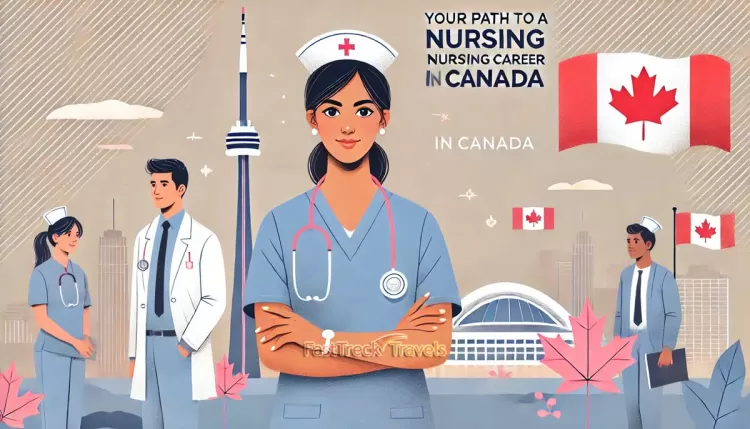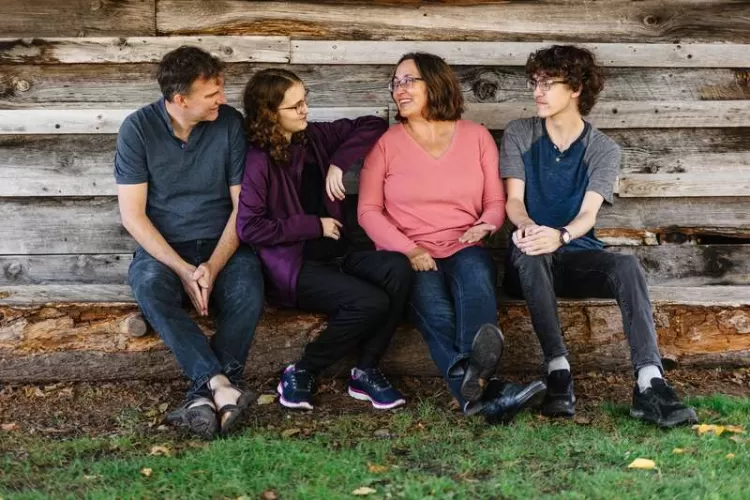How hospitals are helping combat violence against women
In some states, programmes train medical professionals to spot subtle signs and symptoms of violence against women, and offer broader, long-term support.


Madhura M Khanapur, an ophthalmologist, made her way into the chaotic outpatient department at the Bowring and Lady Curzon Hospital in Bengaluru, Karnataka. Its various departments are scattered across several buildings, some of which date back to the colonial era.
Khanapur walked through corridors where hundreds of patients jostled for space, a dozen medical students in white coats clamoured for a professor’s attention and nurses and peons wandered between departments. Doctors sat across patients in the ophthalmology department, which had four interconnected rooms. It was a frenzy of activity: consultations, eye tests, examinations, dilations.
Khanapur settled into her routine and began to listen in on some cases. She watched a junior doctor examine a female patient. Khanapur noticed that there was a moon-shaped blood clot under the woman’s eye. “Hey, what happened?” Khanapur said. “Did you fall or did someone hit you? Come on, you can tell us.”
The patient hesitantly responded that she had been hit by her partner. Khanapur’s hunch changed the trajectory of healthcare the woman received: after the check-up, she was referred to a Muktha centre, a consultation room next to the hospital’s casualty department. This is a kind of crisis centre found in certain government hospitals in Karnataka for...



































![Safari Thorium Neo 8-Wheel Luggage Set Trolley Bags (Set of 3) at just Rs. 5,599 [MRP 29,100]](https://savefree.in/uploads/images/202409/image_870x580_66f63845060f0.webp?#)












![Handmade Brown Mango Wood Chopping Board At just Rs. 89 [MRP 599]](http://savefree.in/uploads/images/202303/image_870x580_641bf7e9c2206.jpg?#)


